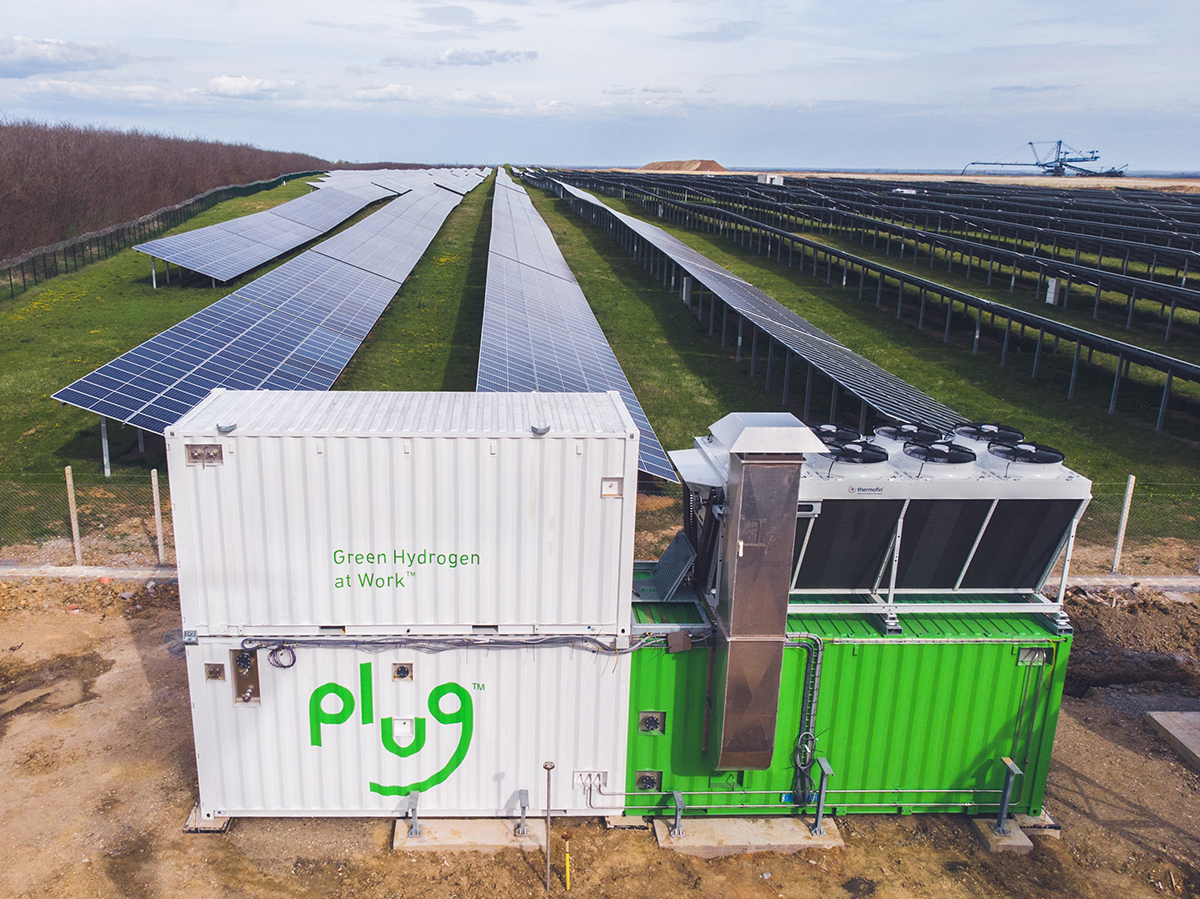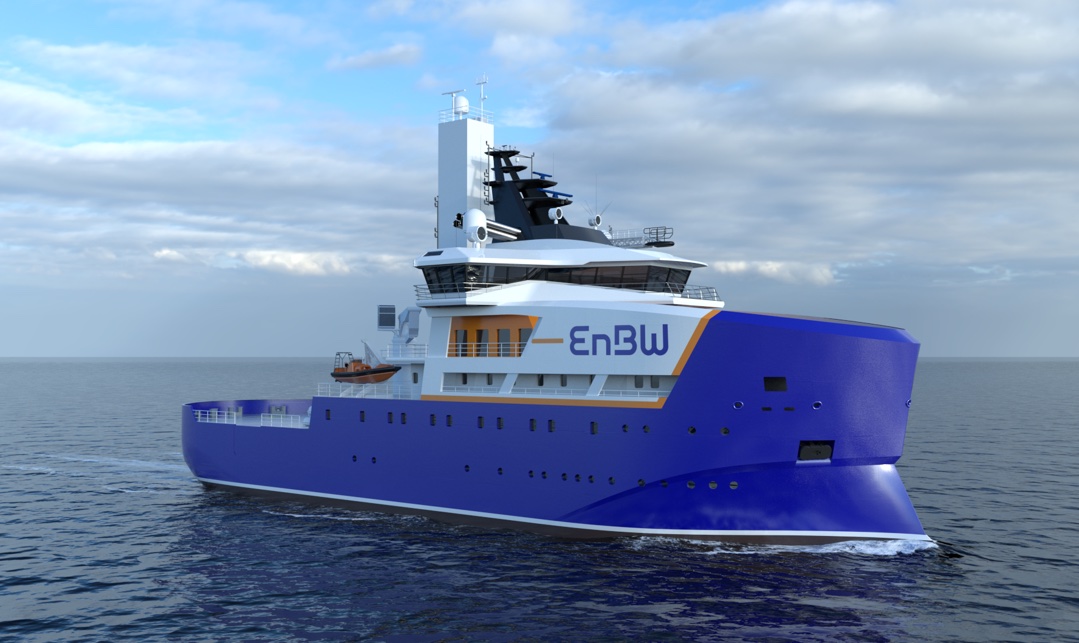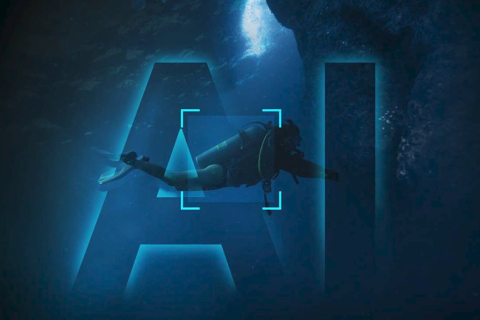Minnesota-based utility Xcel Energy Inc. has unveiled a clean energy plan for the upper Midwest that aims to add 3.6 gigawatts (GW) of new wind and solar facilities and 600 megawatts (MW) of battery energy storage by 2030.
Plans for the electric system—which powers millions of homes and businesses in eight Western and Midwestern states—also include extending the operations of the Prairie Island and Monticello nuclear plants in Minnesota through the early 2050s. The company has already converted or shuttered more than 20 coal units across eight states as it moves to exit coal by 2030.
The move to further decarbonize operations comes amid a continued push to lower emissions as the U.S. extends tax credits to incentivize development of renewable energy projects to green grids.
Xcel Energy said on Feb. 1 that carbon emissions reductions are expected to exceed 80% by 2030 and could reach up to 88% under its proposed plan, setting the company up to meet Minnesota’s new 2040 carbon-free standard. The company also said it intends to capture about $5.7 billion in estimated tax credit savings from the Inflation Reduction Act.
“This new proposal builds on our already-approved plans to retire all coal plants by 2030 and replace them with nation-leading amounts of renewable energy like wind and solar, as we transition to a clean, secure energy future,” said Ryan Long, president of Xcel Energy—Minnesota, South Dakota and North Dakota. “Our strategy will support renewables with always-available generation resources to ensure the reliability that our customers depend on.”
As part of the plan, Xcel also proposed to add more than 2.2 GW of “always-available resources” by 2030 to back up renewables during peak demand and extend operations at the Prairie Island and Monticello nuclear plants. The company wants to extend the life of Prairie Island’s two units by 20 years to 2053 and 2054 and Monticello’s by 10 years to 2050, Xcel said in a news release.
“These proposed resources are in addition to projects that have already received approval from regulators,” the company said. “The elements of this integrated plan work together to achieve the company’s goals: decreasing carbon, maintaining reliable service to customers and keeping costs low.”
Here’s a look at other renewable energy news:
RELATED:
Element3 Extracts Lithium from Permian’s Double Eagle Wastewater
Commentary: Are Renewable Incentives Degrading Powergen Reliability?
Tax Credit’s Silence on Blue Hydrogen Adds Uncertainty
Dominion Energy Receives Final Approvals for 2.6-GW Offshore Wind Project
Energy storage
Fluence to Deliver a 300 MW/650 MWh Battery in Australia
Energy storage provider Fluence Energy Inc. will deliver a 300-MW/650 MWh battery for Australia-based Origin Energy at the Mortlake Power Station in Victoria’s southwest Renewable Energy Zone, the company said Jan. 29.
Origin awarded Fluence a 15-year service agreement for Fluence’s Gridstack energy storage system to capture excess power during periods of high renewable generation and discharge to meet peak demand.
The system will also use Nispera, Fluence's AI-powered asset performance management software, to optimize the battery's operational performance.
Site preparation and civil works of the Mortlake battery will begin following a design and procurement stage for the project. The energy storage system is expected to be commissioned in late 2026.
Electric Carmaker Rimac to Produce Stationary Energy-storage Batteries
Rimac Energy, a new subdivision of Croatian electric car maker Rimac Technology, is expanding production to include a stationary energy storage system to be fully launched in 2025, the company said Jan. 31.
“In the first year, we aim for 300 megawatt/hour production, and for over 1 gigawatt/hour from 2026 on,” Karla Janes Mesaric, the company’s business development manager, told Reuters on the sidelines of an energy conference in Sarajevo.
The Rimac Group comprises the Bugatti-Rimac JV, which produces the Nevera electric sportscar and the Bugatti Chiron—which is owned 45% by Porsche AG—and a technology unit which supplies battery systems and powertrain components to other carmakers.
Hydrogen
Plug Power Marks First Liquid Hydrogen Fill at Georgia Plant

Green hydrogen specialist Plug Power Inc. said Feb. 1 it has completed the first fill of a Plug cryogenic tanker with liquid hydrogen produced at its Woodbine, Georgia, production plant.
The liquid hydrogen will be used at Amazon, Home Depot and Walmart sites, the company said.
The milestone came one week after the plant, home to eight 5-MW proton exchange membrane electrolyzers, officially began operations.
“We took a big step today to make cost-effective green hydrogen available to our pedestal customers,” said Plug Power Chief Strategy Officer Sanjay Shrestha. “This validates our investment in building out a production plant network—a bet on our customers’ desire for more sustainable solutions.”
Capable of producing up to 15 tons per day of liquid green hydrogen, the Georgia plant serves customers in the eastern U.S., Plug said. The process—from production to fill—was completed in about five days.
Plug also said on Feb. 2 that it signed a contract to deliver a basic engineering and design package (BEDP) for a 500-MW electrolyzer project in Europe. The company said such packages provide engineering and plant integration details, giving insight into capex and opex associated with running a potential plant.
With the Jan. 29 signing of the contract, Plug said its total BEDP contracts stand at 4.1 GW.
Celanese Receives Hydrogen, CO2 from Linde
Linde on Jan. 30 said it started supplying clean hydrogen and captured CO2 to chemical and specialty materials company Celanese.
The CO2 was captured from Celanese’s carbon monoxide and hydrogen production facility in Clear Lake, Texas. The company plans to use the CO2 and hydrogen as feedstock to produce low carbon-intensity methanol at its Fairway Methanol LLC joint venture with Mitsui & Co. Ltd., according to a news release.
“Celanese is meeting the challenge to produce products with a lower carbon footprint by using carbon dioxide that would otherwise be emitted,” said Mark Murray, senior vice president of acetyls for Celanese. “We are pleased to work with Linde in our journey to reduce the carbon intensity of methanol, a raw material widely used in many everyday products.”
Airbus, Vattenfall, Others Partner for Hydrogen Airports Study

European aerospace company Airbus has partnered with Avinor, SAS, Swedavia and Vattenfall to study the feasibility of hydrogen infrastructure at more than 50 airports in Norway and Sweden.
By working together, the companies hope to gain a better understanding of hydrogen aircraft concepts and operations, supply, infrastructure and refueling needs, according to a Jan. 31 news release. The companies also plan to identify regulatory framework and pathways to select which airports will be transformed first to operate hydrogen-powered aircraft.
“Hydrogen stands out as a key enabler as we pioneer a sustainable aviation future,” Airbus CEO Guillaume Faury said in the release. “Norway and Sweden are among the most demanding regions for aviation and have great potential for hydrogen production from renewable energy sources.”
The companies are exploring development of a hydrogen aviation ecosystem in both countries. Using hydrogen to power aircraft is expected to reduce emissions as the world works to slow global warming. The partnership, formed about four years after Airbus unveiled the first ZEROe concept, aims to bring to market the world's first hydrogen-powered commercial aircraft by 2035.
Solidec Joins Chevron Technology Ventures’ Catalyst Program
Chevron Technology Ventures has welcomed Solidec, a developer of electrolyzers for carbon capture and chemical production, into its Catalyst Program, according to a Jan. 30 news release.
The Houston-based startup, which was founded in 2023, is developing a platform of electrolyzers to capture CO2 or oxygen molecules and convert them into products using renewable energy.
Chevron’s Catalyst Program, launched in 2017, aims to support and accelerate development of companies with innovative technologies, the release states.
Morocco Partners with Nareva, GE Vernova in Green Hydrogen Project
Moroccan electricity and water utility ONEE signed deal Jan. 30 with renewable energy companies Nareva and GE Vernova to conduct a feasibility study to replace fuel with green hydrogen to operate a 9-MW power plant.
The plant is located in Laayoune, the largest city in Western Sahara, a territory Morocco considers its own but where the Algeria-backed Polisario front seeks to establish its own state.
“GE Vernova will help [the] Laayoune power plant deliver electricity generated using 100% green hydrogen produced at Nareva’s Laayoune wind farm to support Morocco’s expansion of renewable installed capacity from its current share of 40% to 52% by 2030,” the three companies said in a joint statement.
For months, the Moroccan government has been preparing its green hydrogen strategy to attract investors as it seeks to capitalize abundant wind and sun resources.
About 70% of Morocco's electricity is generated from coal, with renewable energy representing 20% last year, according to official figures.
GE Vernova is an offshoot of General Electric, while Nareva is part of the Moroccan royal family's holding company Al Mada.
The study will last for two years. The financial terms of the deal were not disclosed.
RELATED:
Tax Credit’s Silence on Blue Hydrogen Adds Uncertainty
Baker Hughes Marks Hydrogen Milestones
Solar
Linde Lines Up Solar Supply in China for Projects
Industrial gases company Linde has signed two separate 25-year power purchase agreements for solar energy from Guangdong Energy Group (GEG) and China Three Gorges Corp. (CTG), according to a Feb. 1 news release.
The power, which will total 320 gigawatt-hours per year, will be generated from solar projects in the Guangdong and Jiangsu provinces starting in first-quarter 2024.
“These agreements take us another step towards our 2035 emissions reduction target and enable us to supply industrial gases with a lower carbon intensity to our customers in China at a competitive price,” said Will Li, president of Linde’s greater China operations. “They are central to two important objectives for the company: helping our customers to decarbonize and reducing Linde’s own emissions.”
Linde said it aims to be carbon neutral by 2050.
RELATED: Aggreko ETS Acquires Solar Project in Texas
Wind
Avangrid to Construct Wind Farm in Oklahoma
Iberdrola Group’s U.S. renewable energy arm Avangrid Inc. plans to develop a 147.5-MW wind farm in Oklahoma, marking the company’s first onshore wind project in the state.
The company said on Jan. 30 the planned 33-turbine wind farm, Pontotoc Wind, will be located in Pontotoc County and generate about 500,000 megawatt-hours (MWh) of power annually. The amount is enough to power more than 40,000 homes, Avangrid said in a news release.
“We are thrilled to be developing our first renewable energy project in Oklahoma, that will deliver clean, renewable, wind power to the Pontotoc County community along with jobs and local investment,” said Avangrid CEO Pedro Azagra. “With Pontotoc Wind, we are helping to accelerate a clean energy transition in the state and across the U.S.”
Construction is expected to start in 2024.
North Star Enters European Offshore Wind Market

North Star, a U.K. service operations vessel (SOV) operator, has sealed a deal with utility EnBW to provide a new hybrid-electric SOV to service the He Dreiht wind farm offshore Germany, according to a Feb. 1 news release.
The contract marks North Star’s entry to the European offshore wind segment.
Based on the VARD 407 design, the newbuild is being tailored to meet EnBW’s requirements, North Star said. The walk-to-work vessel, which will be capable of using methanol as fuel, will be equipped with a height adjustable motion compensated gangway, 3D-compensated crane and North Star’s decision support system, the release states. It will also serve as a logistics hub and warehouse.
The long-term charter is expected to begin from the end of next year, providing accommodation for up to 34 wind technicians. The 64-turbine He Dreiht wind farm is located about 90 km northwest of the island of Borkum.
German Network Agency Opens Tender for North Sea Wind Parks
Germany’s federal network regulator said on Jan. 29 it had launched a tender process for two areas in the North Sea to establish wind parks with a total capacity of 2,500 MW.
The wind parks, located some 120 km northwest of the Heligoland archipelago, are to begin operating in 2031, the regulator said in a statement.
RELATED:
Scout Signs Agreement with AdventHealth for Texas Wind Farm
Hydro-Québec Accepts 8 Bids for Combined 1.55 GW of Wind Projects
Reuters and Hart Energy Staff contributed to this report.
Recommended Reading
Subsea Tieback Round-Up, 2026 and Beyond
2024-02-13 - The second in a two-part series, this report on subsea tiebacks looks at some of the projects around the world scheduled to come online in 2026 or later.
TGS, SLB to Conduct Engagement Phase 5 in GoM
2024-02-05 - TGS and SLB’s seventh program within the joint venture involves the acquisition of 157 Outer Continental Shelf blocks.
2023-2025 Subsea Tieback Round-Up
2024-02-06 - Here's a look at subsea tieback projects across the globe. The first in a two-part series, this report highlights some of the subsea tiebacks scheduled to be online by 2025.
StimStixx, Hunting Titan Partner on Well Perforation, Acidizing
2024-02-07 - The strategic partnership between StimStixx Technologies and Hunting Titan will increase well treatments and reduce costs, the companies said.
Tech Trends: QYSEA’s Artificially Intelligent Underwater Additions
2024-02-13 - Using their AI underwater image filtering algorithm, the QYSEA AI Diver Tracking allows the FIFISH ROV to identify a diver's movements and conducts real-time automatic analysis.






